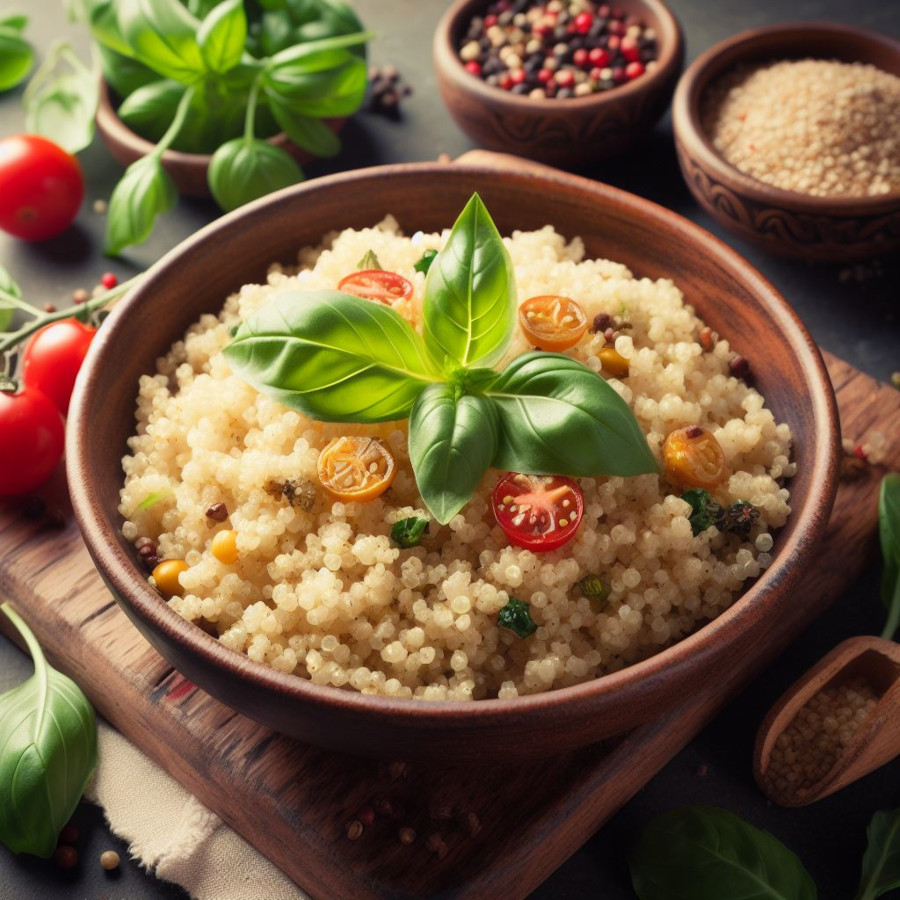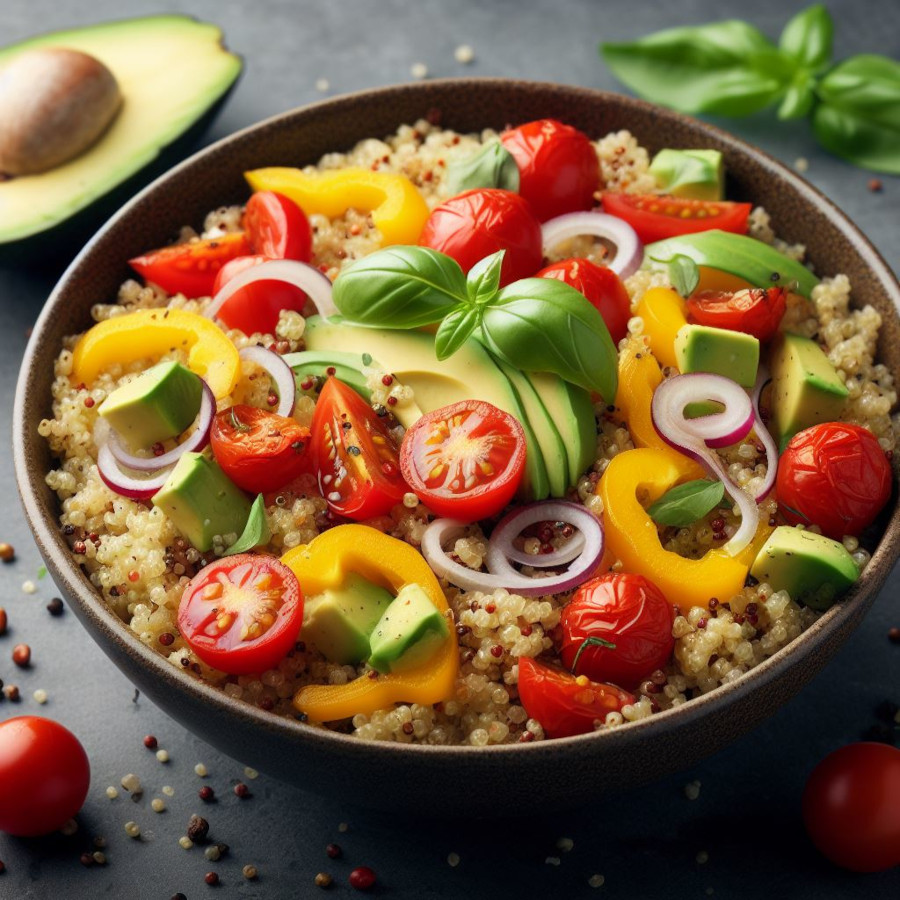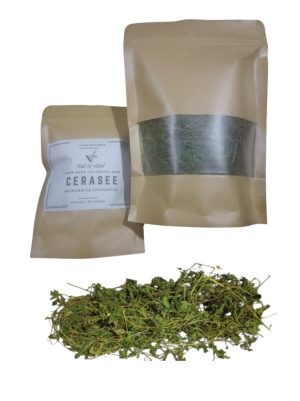Cooking quinoa is a straightforward process. Quinoa is a nutritious and versatile grain that can be used as a base for salads, side dishes, or even as a substitute for rice. Here’s a basic method for cooking quinoa:
Ingredients:
- 1 cup quinoa
- 2 cups water or vegetable broth
- sea salt (optional)
Instructions:
- Rinse the quinoa:
- Place the quinoa in a fine-mesh sieve.
- Rinse it thoroughly under cold running water. This helps remove the natural bitter coating called saponin.
- Combine quinoa and spring water or broth:
- In a medium-sized saucepan, combine the rinsed quinoa and spring water or vegetable broth. You can use vegetable broth for added flavor.
- Add salt (optional):
- If desired, add a pinch of sea salt to the quinoa and water mixture. This is optional and depends on your taste preferences.
- Bring to a boil:
- Bring the quinoa and liquid to a boil over medium-high heat.
- Reduce heat and simmer:
- Once it boils, reduce the heat to low, cover the saucepan with a lid, and let it simmer. Simmering allows the quinoa to absorb the liquid.
- Cook until water is absorbed:
- Let the quinoa simmer for about 15 minutes or until all the water is absorbed. You’ll know it’s done when the grains become translucent and the germ ring is visible.
- Fluff with a fork:
- Once the quinoa is cooked, remove the saucepan from the heat and let it sit, covered, for a few minutes.
- Fluff the quinoa with a fork to separate the grains. This helps to achieve a light and fluffy texture.
Your quinoa is now ready to be served! You can enjoy it on its own or use it in various recipes, such as salads, or as a side dish. Quinoa is a versatile grain that complements many flavors, so feel free to get creative with your recipes.

What is quinoa?
Quinoa (pronounced keen-wah) is a grain crop that is grown primarily for its edible seeds. It’s often referred to as a “pseudocereal” and it can be used in similar ways to wheat and rice. Quinoa is native to the Andean region of South America, where it has been cultivated for what is believed to be many years.
Here are some key characteristics of quinoa:
- Nutritional Profile: Quinoa is highly nutritious. It’s also a good source of dietary fiber, and minerals, including magnesium, phosphorus, and iron.
- Gluten-Free: Quinoa is naturally gluten-free, making it a suitable option for individuals with gluten sensitivity or celiac disease.
- Versatility: Quinoa has a mild, slightly nutty flavor and a unique texture. It can be used in a variety of dishes, including salads, stir-fries, soups, and as a substitute for rice.
- Colors: Quinoa comes in different varieties with varying colors, including white, red, and black. White quinoa is the most common and has a softer texture, while red and black quinoa have a slightly earthier taste and hold their shape well, making them suitable for different recipes.
- Culinary Uses: Quinoa can be used in both savory and sweet dishes. It’s a versatile ingredient that can be cooked and served on its own or used as an ingredient in salads, casseroles, and other recipes.
- Cooking Method: Quinoa is cooked by boiling it in water or broth until it absorbs the liquid and becomes tender. It’s important to rinse quinoa before cooking to remove the bitter coating called saponin.
Due to its nutritional benefits and versatility, quinoa has gained popularity as a healthy food choice in many parts of the world. It’s a staple in vegetarian and gluten-free diets and is widely available in most grocery stores.
Types of quinoa on the market
Quinoa comes in several varieties, each with its own unique characteristics. The most common types of quinoa are white, red, and black. Here’s a brief overview of each:
- White Quinoa:
- This is the most widely available and commonly used type of quinoa.
- White quinoa has a mild flavor and a light, fluffy texture when cooked.
- It’s often used in salads, pilafs, and as a rice substitute.
- Red Quinoa:
- Red quinoa has a slightly earthier taste compared to white quinoa.
- It retains its shape well during cooking, making it a good choice for salads, side dishes, and stuffing.
- The color can add visual appeal to dishes.
- Black Quinoa:
- Black quinoa has a sweeter, earthier flavor compared to white quinoa.
- It also holds its shape well after cooking and has a slightly crunchy texture.
- Like red quinoa, black quinoa can be used in salads, side dishes, and other recipes.
- Tri-Color Quinoa:
- Tri-color quinoa is a blend of white, red, and black quinoa.
- It combines the characteristics of each type, offering a variety of flavors, textures, and colors in one blend.
- Tri-color quinoa is versatile and can be used in a range of dishes.
- Other Specialty Varieties:
- In addition to the main types mentioned above, there are specialty varieties such as “Inca Red” and “Royal Quinoa” that are grown in specific regions.
- These specialty varieties may have unique flavors, colors, or nutritional profiles.
When choosing quinoa for a particular recipe, you can often use different types interchangeably, depending on your taste preferences and the visual appeal you desire for your dish. Keep in mind that cooking times may vary slightly between the different types, with red and black quinoa sometimes taking a few minutes longer to cook than white quinoa.














